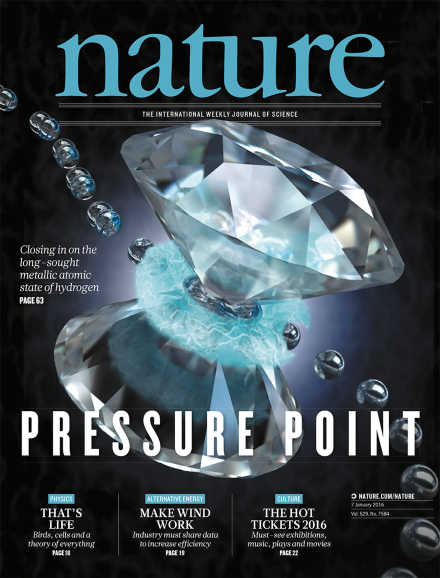Volume 529 Issue 7584, 7 January 2016
Editorial
World View
Seven Days
News
News Feature
-
The physics of life
Collection:
Comment
Books & Arts
Correspondence
News & Views
Article
Letter
Toolbox
-
The unsung heroes of scientific software
Collection:

